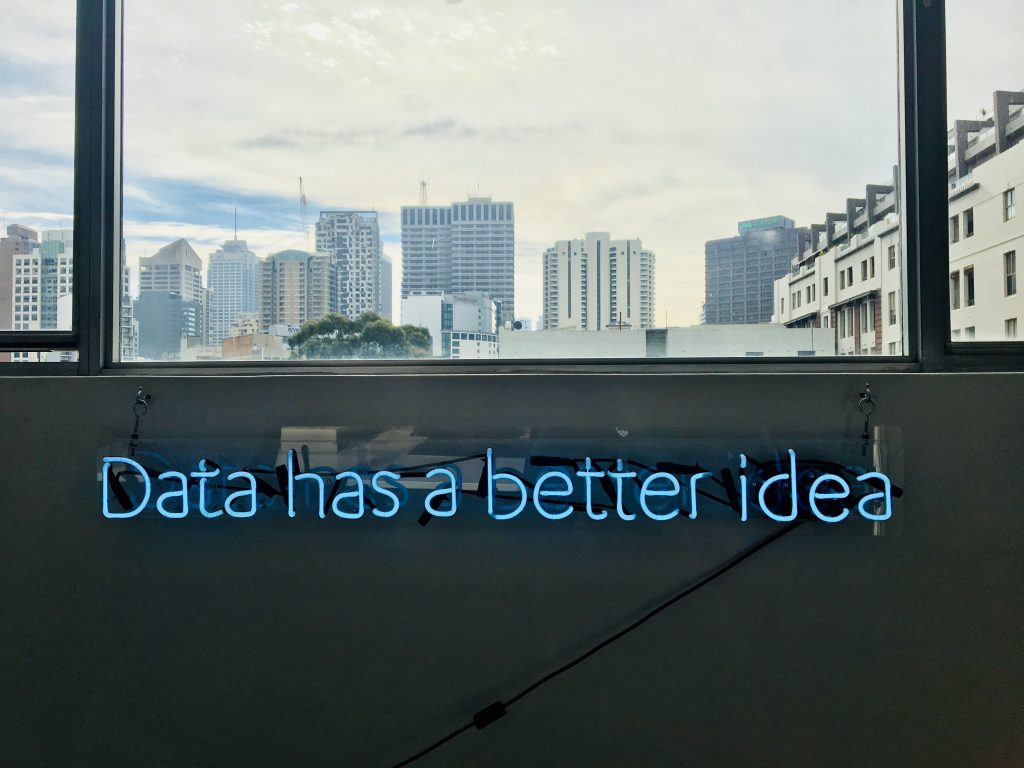
September 12, 2019, by Jo Gregory
Jon loves Techno…Economic Analysis
Jon McKechnie is an Associate Professor in Sustainable Processing Technologies and Associate Director leading the Economic and Environmental Impact Assessment research programme for the Green Chemicals Beacon. His research focuses on developing and identifying cost-effective resource utilisation strategies to contribute to environmental sustainability objectives.
In this interview, Jon talks to Jo Gregory about his research, his collaborations with industry and his work with the Green Chemicals Beacon.
Can you tell me a bit about your role here?
My role within the Beacon is leading the techno-economic analysis (TEA) and life-cycle assessment (LCA) activity looking to understand how emerging technologies might perform if we were to deploy them in the real world. This involves developing prospective models looking at how these technologies currently perform as well as analysing how new ideas would perform if we actually implement them. We work at the early stages of a project supporting researchers who are working in the lab at very low technology readiness levels, at the point where they have new and creative ideas and are questioning whether they could ever work and if they were to work, what targets would the technology need to perform, whether it’s productivity, yield, or other properties of what they are trying to produce. This means that we can identify potential markets early and understand what processes must be undertaken in order for it to be a successful project.
What’s your background?
My background is in mechanical engineering. When I was finishing my undergraduate studies I was very interested in renewable energy technologies so I made the decision to focus my master’s research looking at hydrogen fuel cells, at which point I was doing a lot of lab work. I was always thinking about where the fuel was coming from, and whether it was actually going to deliver an environmental benefit so when I did my PhD I focused on life cycle assessment as a tool to answer these questions, looking primarily at biofuels and at emerging opportunities for new products with Canada’s forestry sector. I also looked into the financial and environmental implications using LCA.

How would you describe what you do to an ordinary person?
I try to understand what the performance of emerging technologies would be if we were to implement them, so that we can understand ahead of time what the barriers would be, and what the potential consequences would be so we can manage those technologies in a more appropriate way.
How does being based within GCB help you achieve your goals for the future?
Through the Green Chemicals Beacon we are building capability in the TEA and LCA area which will help us collaborate with our colleagues across a range of technologies including the biotech and green chemistry areas. We are developing an in-house software capability that allows us to rapidly assess emerging technologies. We can then use this to support our academic and industry partners in understanding how their technology performs currently and how it would need to be improved to achieve their specific targets and viability.
How does your research affect ordinary people?
One aspect of what we do on the research side is linking with policy makers and how they incentivise different technologies. We’ve done quite a lot of work looking at biofuel policies as they use LCA as a tool to measure the environmental performance of alternative fuels and then use that to determine whether a fuel is eligible or not through the different policy mechanisms. So we look at the LCA methodologies they are using to try and make sure that the policy is reflecting and encouraging fuels that will deliver the largest environmental benefit. As part of the Green Chemicals Beacon I’m also helping to bring new more sustainable products to market.

What does a typical day look like?
I do a lot of spreadsheets! As well as working with a variety of software tools. We also often visit with both academic and industry partners to make sure that what we are understanding the processes that we are evaluating so that we can really get an idea of what that market opportunity is and that the technology has the potential to do what is needed. This also helps us to make sure we have an overview of that whole system perspective which is really what you need if you want to understand the investment case for life cycle and environmental impact so you need to know it all, which invariably involves lots of conversations!
I also have a busy teaching schedule, am on the departmental management group and I’m the exams officer for my department.
Where do you get your inspirations from?
I wanted to know how things work and had that curiosity about how you make very complex things function. I still have that same approach to my work in trying to answer the question of how you actually make something different and new that will actually perform better and have a lower environmental impact, better profitability and deliver on multiple objectives.
Do you have any advice for young engineers?
Make sure you take a broad perspective on everything you are doing, and understanding that what you’re doing links with industry as a whole and the link that has with the upstream supply chain and the downstream product market, so really taking that bigger picture perspective and thinking about how the decisions you make in your role feeds into that bigger picture as it can be easy to lose sight of that when you’re dealing with task based projects.

What is your greatest career moment so far?
I’ve worked with a lot of companies including Ontario Power Generation in Canada who were converting their coal fired power plants to biomass. I worked with them on a couple of projects including my PhD and also on later projects since I’ve been at Nottingham including a project in 2015 when they converted their plants to pellets. They invited us over and we got to visit the site up in Thunder Bay in the middle of winter. You spend a lot of time evaluating the technology options so it’s a really great moment to see what you’ve been talking about and researching for the last 3 years being implemented.
To find out more about the Green Chemicals Beacon and how our team of researchers are working to secure the low carbon economy of the future, please visit the website or follow us on Twitter @UoN_GCB
Image 1 courtesy of Matt Thomason on Unsplash, Image 2 courtesy of Franki Chamaki on Unsplash
No comments yet, fill out a comment to be the first

Leave a Reply